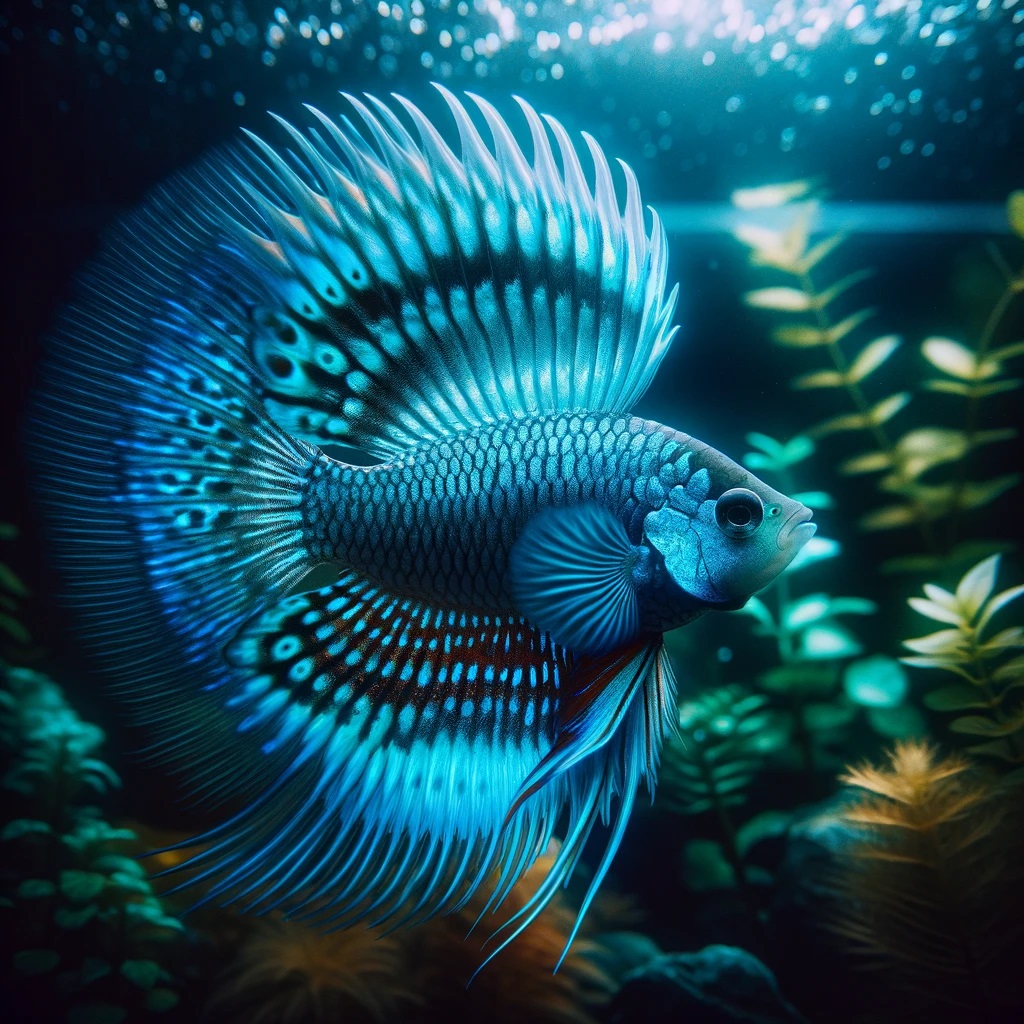Hey, aquatic enthusiasts and fish fanatics! Welcome back to the Pet Breed Hub, where today we’re diving deep into the vibrant world of the Electric Blue Acara. This stunning fish is like a living gemstone in freshwater aquariums, and we’re here to uncover all its glittering secrets. Are you ready to get your fins wet? Let’s go!
A Quick Overview
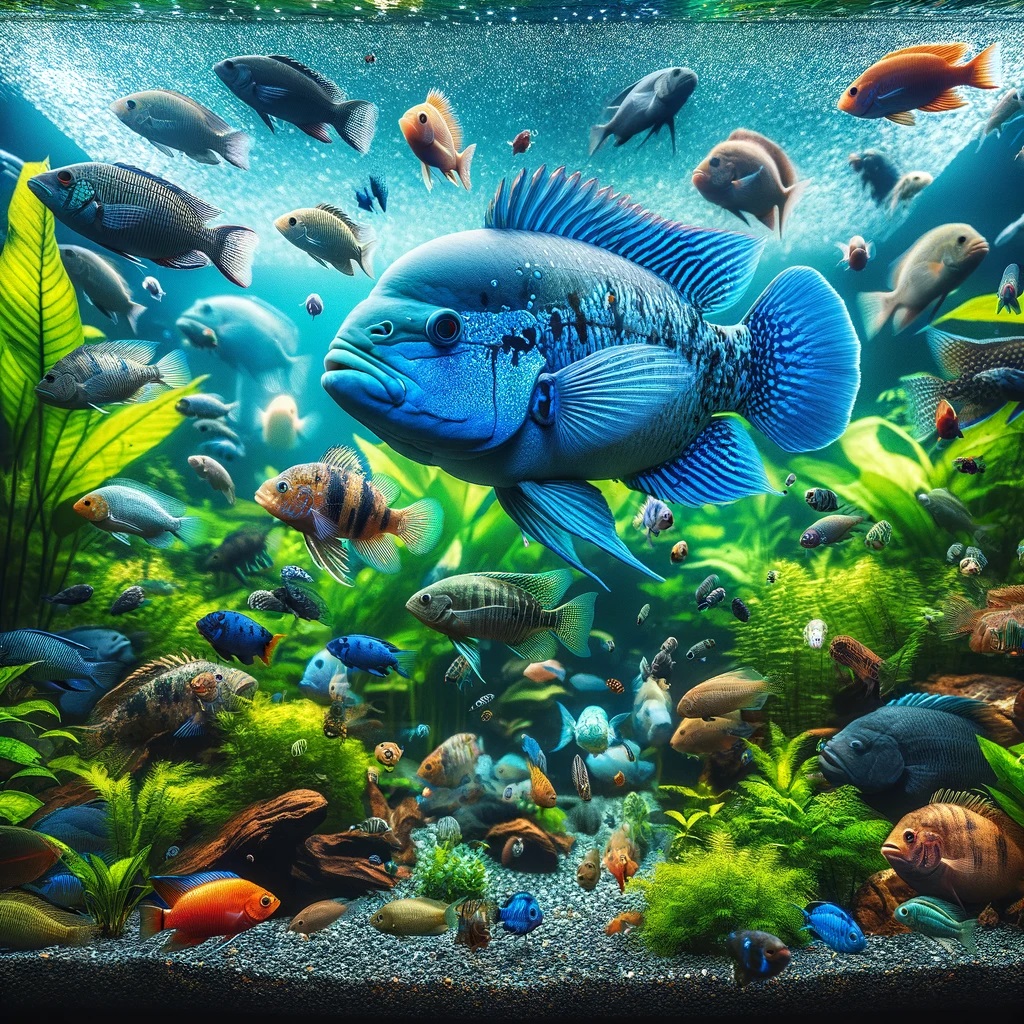
| Characteristic | Detail |
|---|---|
| Scientific Name | Andinoacara pulcher |
| Family | Cichlidae |
| Size | Up to 6 inches (15 cm) in length |
| Lifespan | Up to 10 years with proper care |
| Tank Size | Minimum 30 gallons |
| Water Conditions | Freshwater; 72-82°F (22-28°C), pH 6.5-7.5 |
| Temperament | Peaceful and social |
| Diet | Omnivorous; requires a mix of high-quality pellets, live food, and vegetables |
| Color | Vibrant electric blue with hints of green and turquoise |
| Compatibility | Good with similarly sized, peaceful fish; avoid very small, aggressive, or fin-nipping species |
Tank Setup
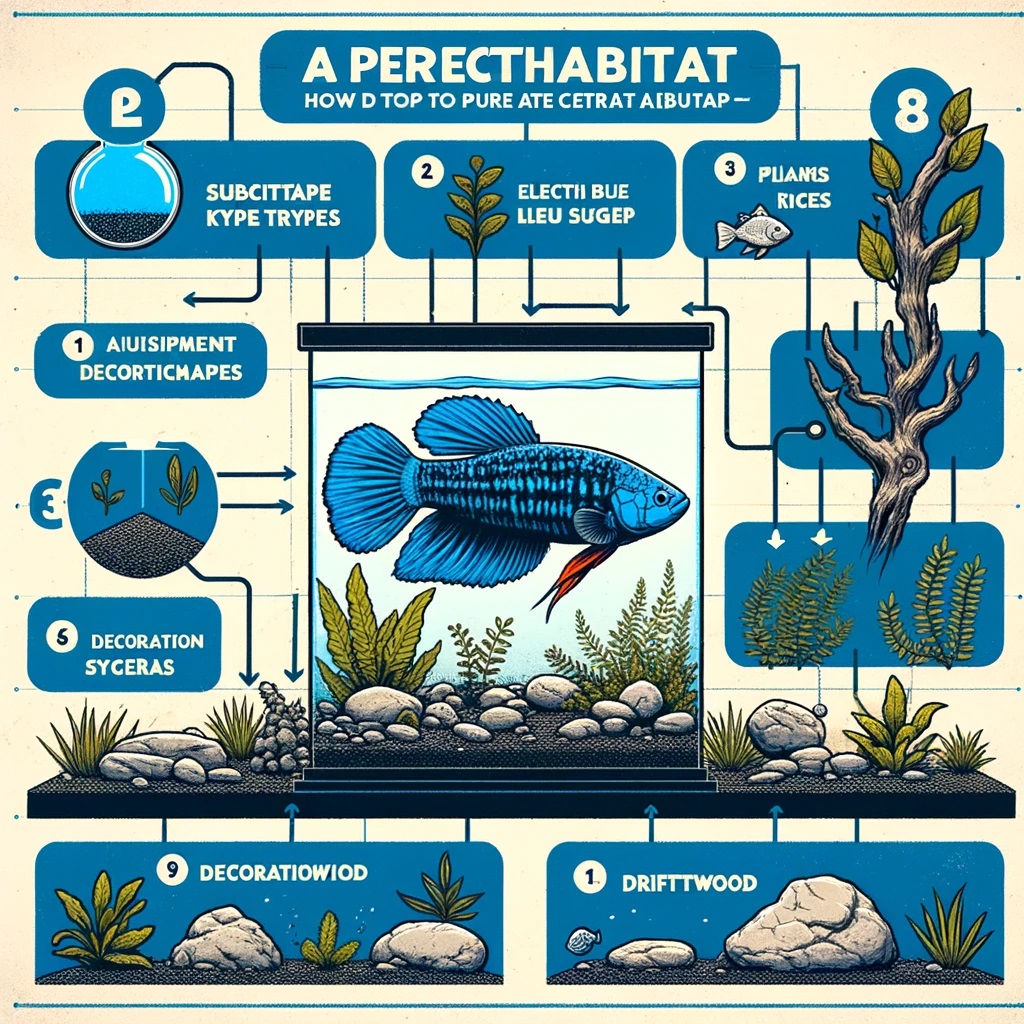
Setting up the perfect tank for your Electric Blue Acara isn’t just about aesthetics; it’s about creating a healthy and stimulating environment for your fish. Here’s how to do it right:
Tank Size
Minimum Requirement
Start with at least a 30-gallon tank for a single piece. If you plan to keep a pair or a community, you’ll need a larger tank to accommodate everyone comfortably.
Water Conditions
Temperature
Maintain water temperatures between 72-82°F (22-28°C) to mimic their natural tropical habitat.
pH Level
Aim for a pH level of 6.5–7.5. Stable water parameters are crucial for their health.
Filtration
Use a reliable filtration system to keep the water clean and well-oxygenated. These are sensitive to ammonia spikes and pollutants.
Substrate and Decor
Substrate
A soft, sandy substrate is ideal, reflecting their natural riverbed environments. It’s gentle on their bodies and allows for natural foraging behavior.
Plants
Incorporate live plants to provide hiding spots and reduce stress. Hardy plants like Anubias or Java Fern are great options that can thrive in similar water conditions.
Decor
Add rocks, driftwood, and caves to create a landscape full of hiding places and interesting spots to explore. This not only makes the tank more visually appealing but also closely resembles its natural habitat.
Lighting
Moderate Lighting
A moderate level of lighting is sufficient for Electric Blue Acaras, enough to support plant life but not so intense as to cause stress. Use LED aquarium lights with adjustable intensity.
Community Considerations
Electric Blue Acara Tank Mates
Choose peaceful fish of similar size as tankmates to avoid any aggression. Good companions include Corydoras, Tetras, and other South American cichlids that appreciate similar water conditions.
Diet and Care
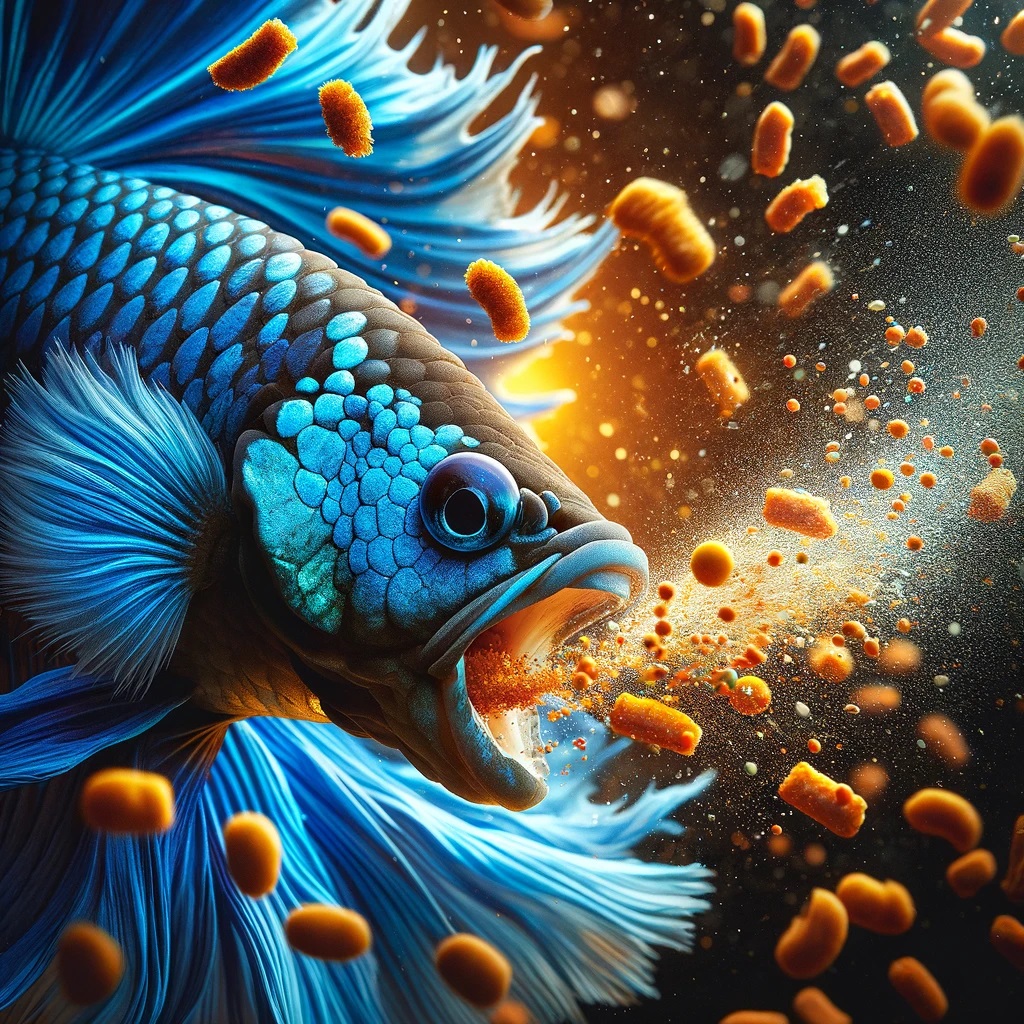
The Andinoacara Pulcher is not just a visual delight but also a species with specific dietary and care needs that, when met, ensure a healthy, vibrant life in your aquarium.
Diet Needs
Omnivorous Appetite
Electric Blue Acaras enjoy a varied diet. Offer a balance of high-quality pellets or flakes designed for cichlids, along with live or frozen foods like brine shrimp, bloodworms, and daphnia, to mimic their natural feeding habits.
Vegetables
Incorporate blanched vegetables like zucchini, peas, and spinach into their diet for additional nutrients.
Feeding Frequency
Feed adult Electric Blue Acaras twice a day, providing only as much food as they can consume in a couple of minutes to prevent overfeeding and water quality issues.
Care Tips
Water Quality
Maintain pristine water conditions by performing regular water changes, ideally 20–25% every two weeks. Keep an eye on ammonia, nitrite, and nitrate levels using a water testing kit.
Temperature and pH
Regularly monitor the water temperature and pH level to ensure they stay within the ideal range for these Acaras (72–82 °F and pH 6.5–7.5).
Tank Environment
Mimic their natural habitat by providing a tank with plenty of hiding spots using rocks, driftwood, and live plants. This not only keeps your fish stress-free but also encourages natural behaviors.
Health Monitoring
Keep an eye out for signs of stress or disease, such as changes in eating habits, lethargy, or unusual swimming patterns. Early detection is key to effective treatment.
Social Interactions
While these acaras are generally peaceful, monitor their interactions with tankmates to ensure harmony within the aquarium. They are social fish that appreciate company but can show territorial behavior if the tank is overcrowded or lacks sufficient hiding spaces.
FAQs
1: What size tank do Electric Blue Acaras need?
At least a 30-gallon tank for one, larger for a group.
2: What are the ideal water parameters for Electric Blue Acaras?
Temperature: 72–82 °F, pH: 6.5–7.5.
3: Are Electric Blue Acaras aggressive?
They’re generally peaceful but can be territorial.
4: What do Electric Blue Acaras eat?
A mix of high-quality pellets, live, and frozen foods.
5: How often should I feed my Electric Blue Acara?
Twice daily, in amounts they can consume in a few minutes.
6: Can Electric Blue Acaras live with other fish?
Yes, they’re compatible with many similarly sized peaceful fish.
7: Do Electric Blue Acaras need a planted tank?
They thrive in tanks with live plants for hiding and exploring.
8: How big do Electric Blue Acaras get?
They can grow up to 6 inches in length.
9: How long do Electric Blue Acaras live?
With proper care, they can live up to 10 years.
10 Can Electric Blue Acaras breed in captivity?
Yes, they can breed relatively easily in the right conditions.
11: What are common health issues for Electric Blue Acaras?
They’re hardy but watch for signs of common freshwater ailments.
12: How do I set up a breeding tank for Electric Blue Acaras?
Provide a separate tank with optimal conditions and hiding places.
13: What kind of substrate is best for Electric Blue Acaras?
Soft, sandy substrates mimic their natural habitat.
14: Do Electric Blue Acaras require a heater?
Yes, to maintain a consistent, warm temperature.
15: How can I enhance the color of my Electric Blue Acara?
A varied diet and good tank conditions can enhance their color.
16: Can Electric Blue Acaras eat flake food?
Yes, but supplement with pellets and live/frozen foods for variety.
17: Are Electric Blue Acaras good for beginners?
Their care level is moderate, making them suitable for attentive beginners.
18: Do Electric Blue Acaras like current in their tank?
A moderate water flow mimics their natural riverine environments.
19: How do I know if my Electric Blue Acara is healthy?
Look for active swimming, a healthy appetite, and vibrant colors.
20: Can I keep Electric Blue Acaras in a community tank?
Yes, but choose tankmates carefully to avoid aggression.
References and Further Reading
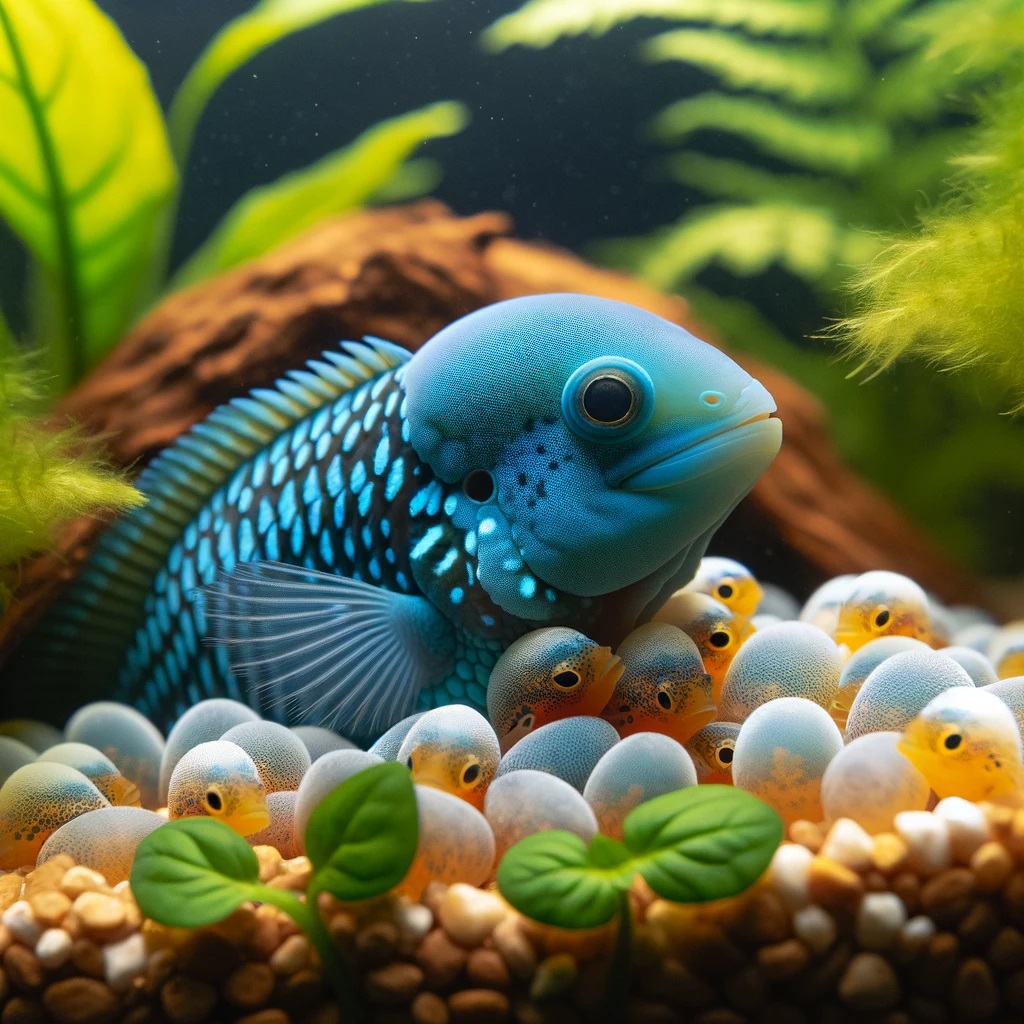
Seriously Fish
Offers in-depth profiles on a wide range of fish species, including habitat needs, behavior, and care tips for Electric Blue Acara. Visit Seriously Fish.
FishBase
A global database providing comprehensive information on all types of fish. Check out their detailed entry on the Andinoacara pulcher, the Electric Blue Acara’s scientific classification. Explore FishBase.
Aquarium Co-Op
Features practical advice on fish keeping, including care guides for Electric Blue Acara, from setting up your aquarium to choosing the right tank mates. Aquarium Co-Op.
PlanetCatfish
An excellent resource for catfish enthusiasts that also includes information on other freshwater species, including care guides and community forums. Planet Catfish.
The Cichlid Forum
Engage with a community of cichlid enthusiasts, where you can ask questions, share experiences, and learn more about Electric Blue Acara care. The Cichlid Forum.
Conclusion
The Electric Blue Acara isn’t just another fish; it’s a centerpiece, a conversation starter, and a testament to the beauty of aquatic life. Whether you’re setting up your first tank or looking to add some color to your current setup, this is a choice that promises beauty and harmony beneath the surface.

